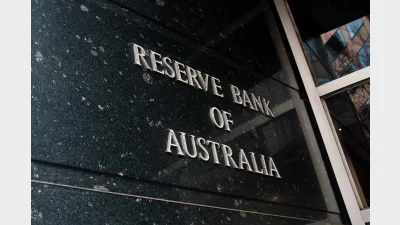Superannuation growth funds up in July



The Australian superannuation growth funds have recorded gains in July, with the median fund returning 2.4 per cent for the month, according to Morningstar.
The Australian Superannuation Survey, which covers the performance of the Australian retirement savings vehicles to July 31, 2016, revealed that the individual results ranged from 3.3 per cent to 1.6 per cent.
At the same time, median results over the longer term for growth funds were 7.9 per cent over three years, 9.3 per cent over five years, and 5.4 per cent over 10 years.
According to Morningstar's study, the best-performing growth fund for the year, was REI Super Balanced, which returned 5.5 per cent, followed by Energy Super Balanced (5.3 per cent), and AustralianSuper Conservative Balanced (4.9 per cent).
Apart from the super growth funds, growth assets also delivered positive results in July, with Australian equities being the best-performing asset class (6.4 per cent), followed by Australian listed property, global listed property and global equities.
Meanwhile, multisector growth superfunds' average allocation to equities was 56.3 per cent, 26.5 per cent Australian, and 29.8 per cent global, with the average property exposure at 9.5 per cent.
Recommended for you
The central bank has announced the official cash rate decision for its November monetary policy meeting.
Australia’s maturing superannuation system delivers higher balances, fewer duplicate accounts and growing female asset share, but gaps and adequacy challenges remain.
Global volatility and offshore exposure have driven super funds to build US-dollar liquidity buffers, a new BNY paper has found.
Less than two in five Australians are confident they will have sufficient assets to retire and almost three-quarters admit they need to pay greater attention to their balance, according to ART research.









